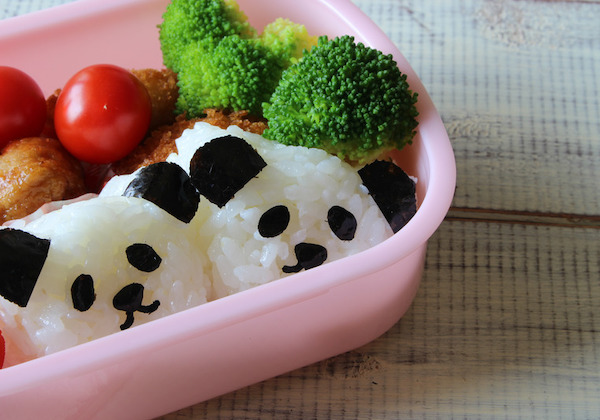Summer holidays are among us and it is the season for fresh stone fruits, morning beach sessions and backyard cricket. I love this time of year with my family and friends, but I am conscious of how often we overindulge and eat too many ‘occasional’ foods. Our children are sponges – ‘monkey see monkey do’, so it’s important that we teach them young, and encourage healthy, balanced eating whenever possible. Even if it is the ‘silly season’.
With back to school soon approaching, it’s wise to remember that healthy children are better learners. Involving your children in the planning and provision of their school lunches also needs to be an important part of their school readiness. Learning and developing the skills needed to make healthy choices enables children to make informed decisions about their health and wellbeing later in life and become healthy, active kids.
Tips for involving your children and making healthy choices
Lunchbox planning
- Sit down together and write a list of all the foods (good and not so good) that your children enjoy to eat. Use this list to then plan their lunchboxes for the week ahead.
- Take them shopping and allow them help in selecting their foods from their shopping list.
- Involve your children in the preparation of their lunchboxes. This allows them to learn about healthy eating, and also gives them a chance to make individual decisions about what they are eating during the day.
- Prepare their lunches the night before to allow your children to participate.
- Encourage your children to try one new ‘coloured’ fruit or vegetable each week. This allows for meal and snack variety.
Six parts to a healthy-looking lunchbox
- Water
- Fruit
- Vegetable sticks
- Dairy (milk, reduced-fat dairy* or cheese)
- Lean protein (chicken strips, hard-boiled egg, turkey slice, tuna)
- Grain or wholemeal carbohydrates (sliced bread, roll, pita, crackers)
*Reduced-fat options for children over the age of two years old
After school snack suggestions
- Fruit salad cups
- Frozen fruit sorbet cups
- Frozen yoghurt popsicles
- Wholegrain rice crackers with dip (hummus, tzatziki, peanut butter, avocado)
- Vegetable sticks with spread (hummus, tzatziki, peanut butter, avocado, salsa)
- Mini savory muffins (3 cheeses, zucchini and ham, chicken and mushroom, turkey and corn, spinach and feta)
- Popcorn pouches
- Toasties (wholegrain bread) (cheese and vegemite, turkey and cranberry, avocado and chicken, egg and mayonnaise, tuna and cucumber)
- Yoghurt tub (Greek natural)
- Smoothie (low fat milk, fresh or frozen fruit, natural yoghurt)

The importance of providing children with nutritious foods allows the delivery of essential energy and nutrients they require to learn, play and grow. According to the Australian Institute of Health and Welfare (AIHW), one in four (25%) of children and adolescents aged 2–17 were overweight or obese in 2017–18. Overweight children are more likely to go on to become overweight or obese adults with an increased risk of serious chronic health problems.
Healthy habits for life are implemented in childhood. Educate your children now and reap the health benefits for a long life!
Author:
Erin Miller
BSc, MSc Nut & Diet
Accredited Practising Dietitian (APD)
Instagram: @erinmillerdietitian

